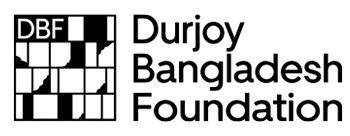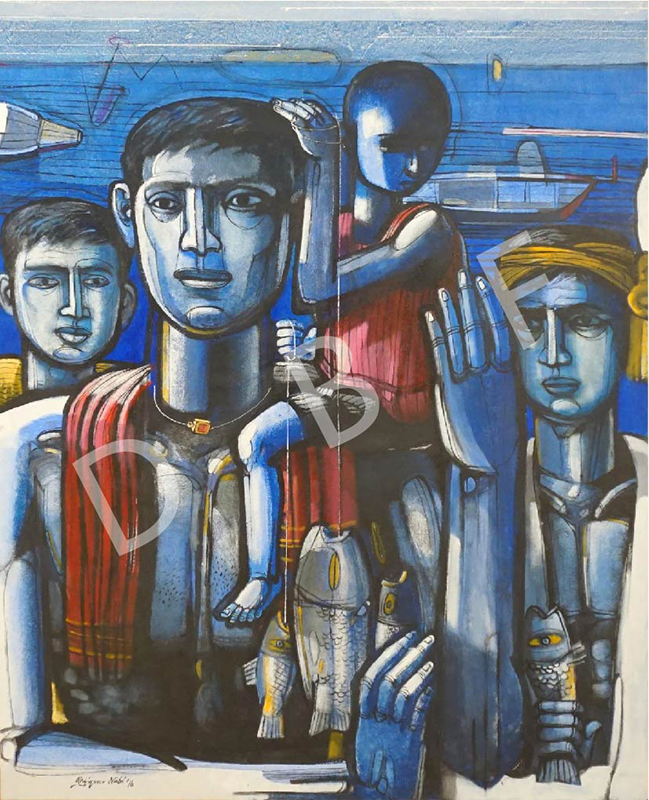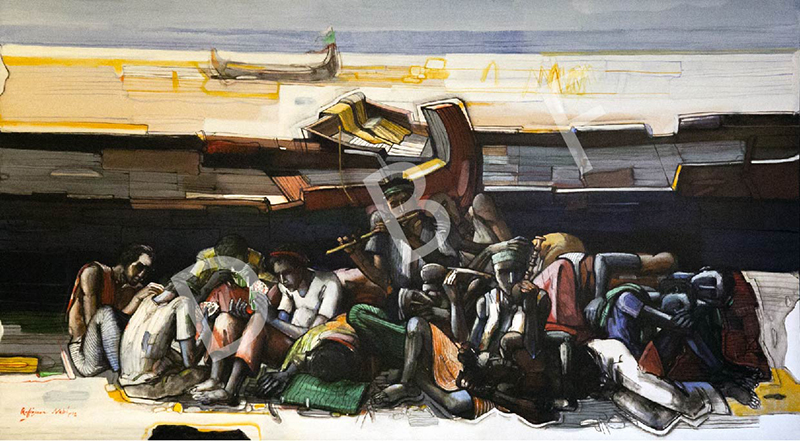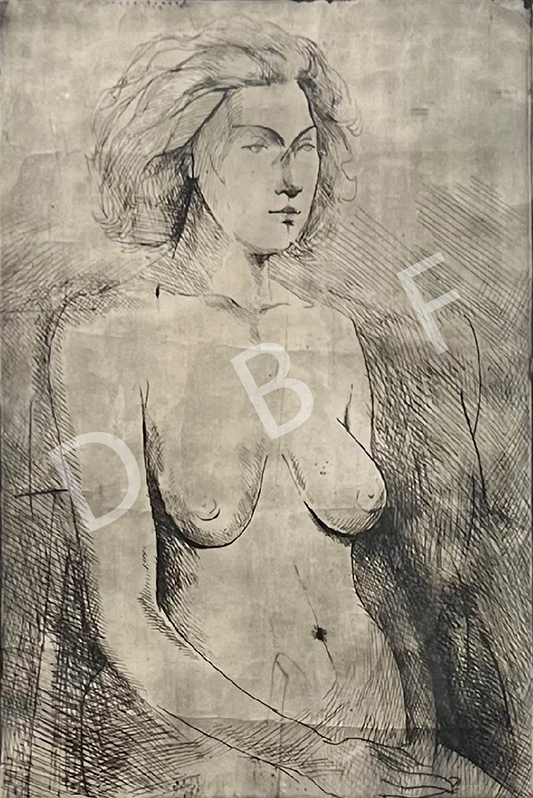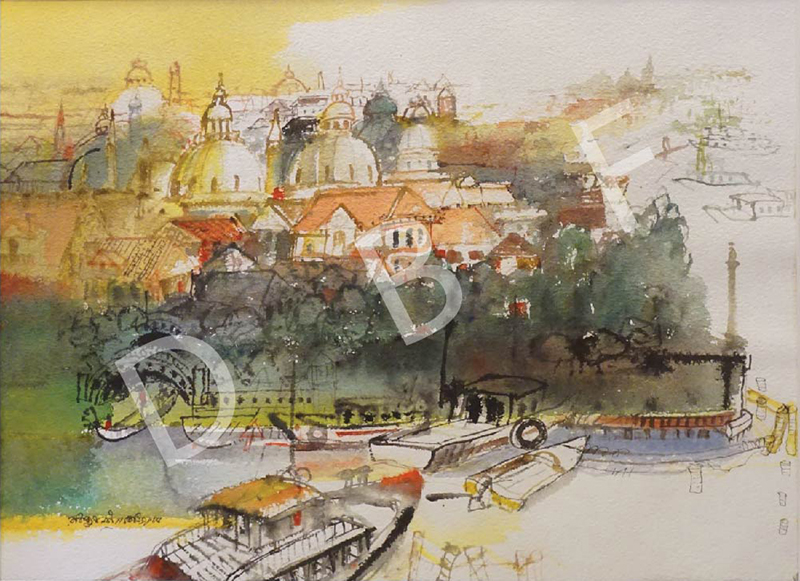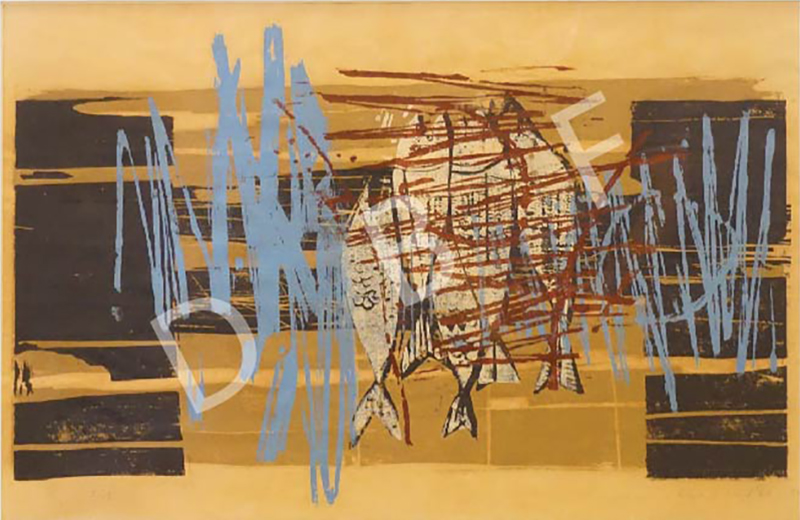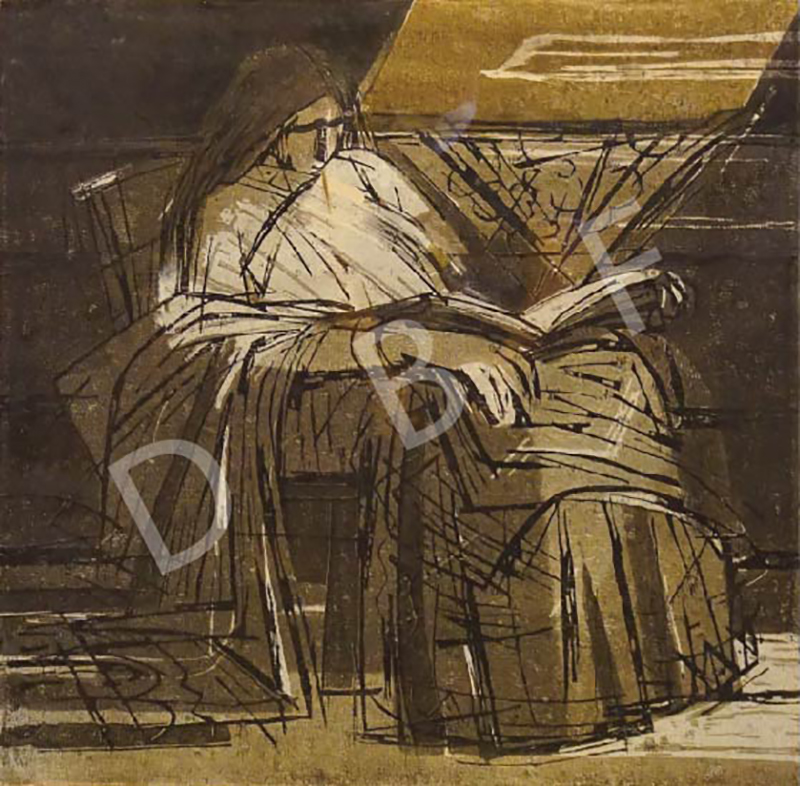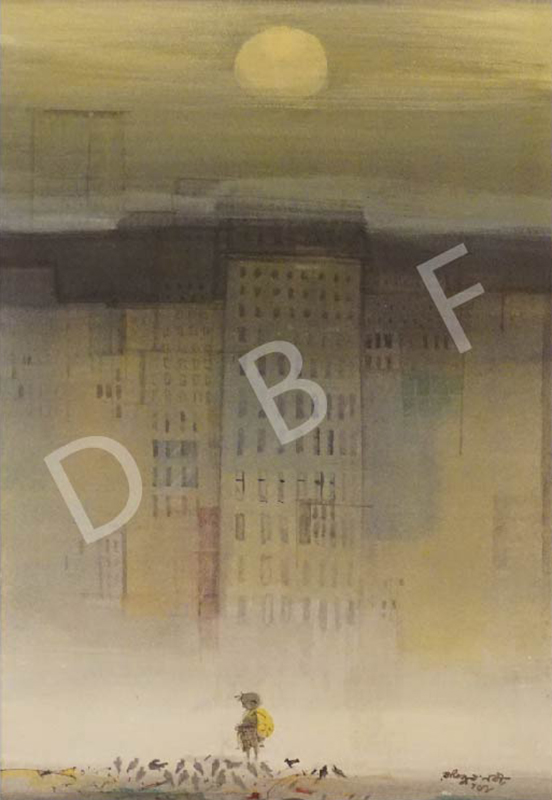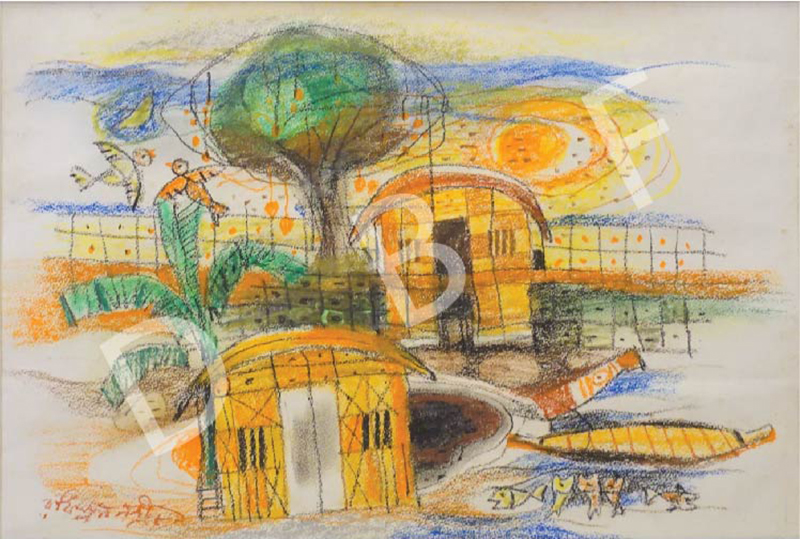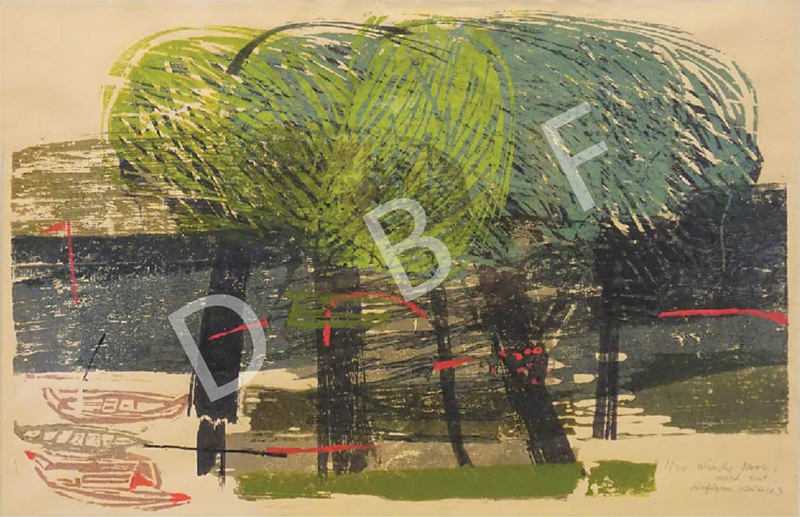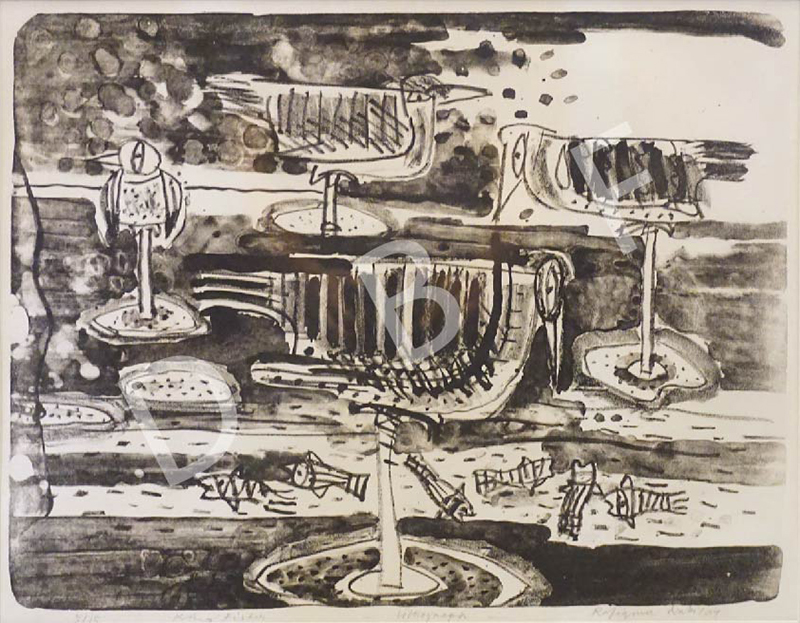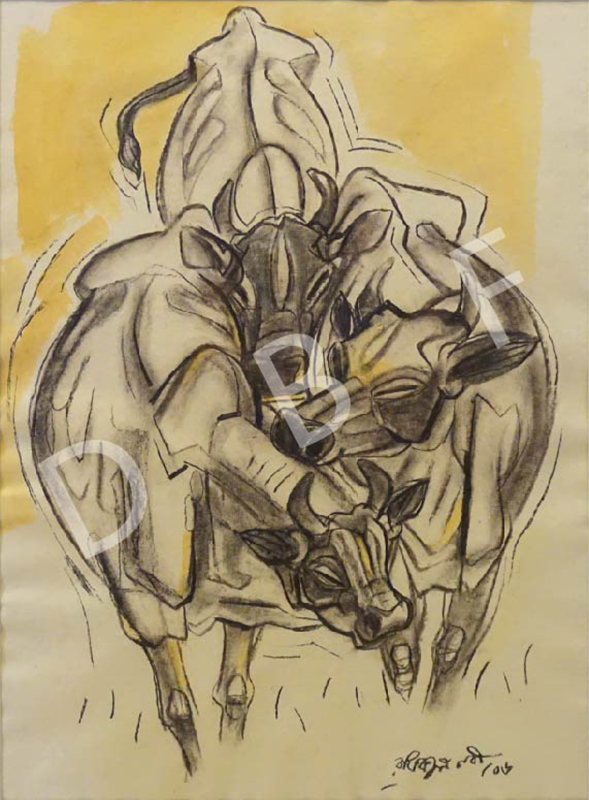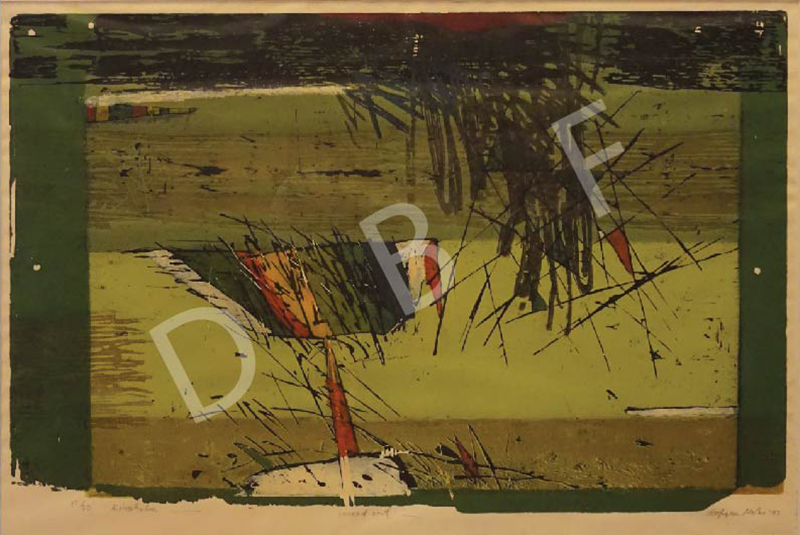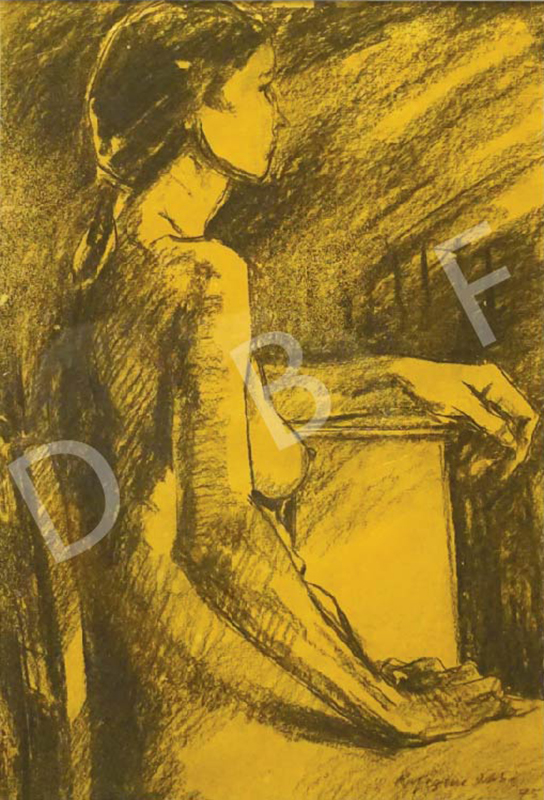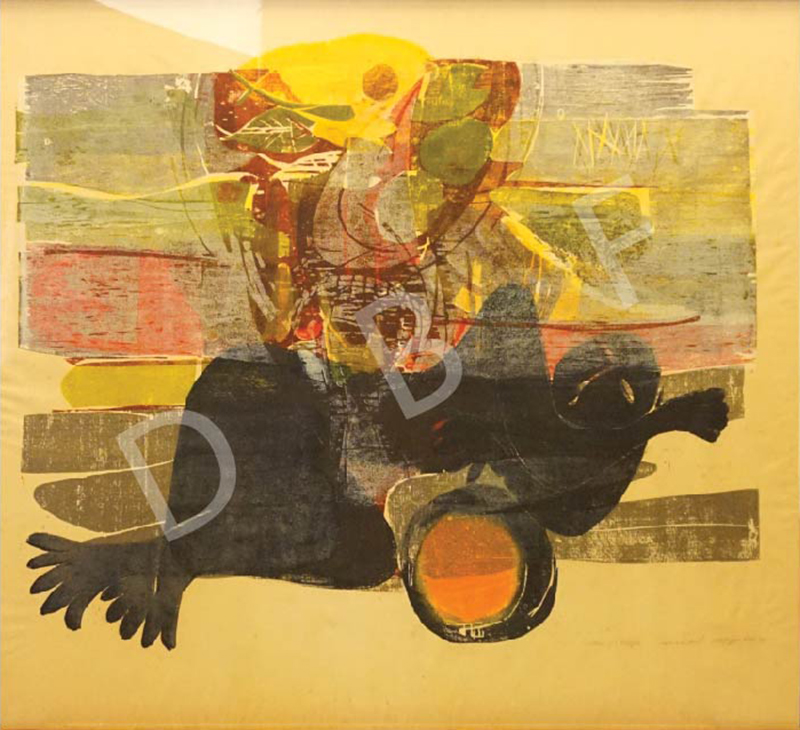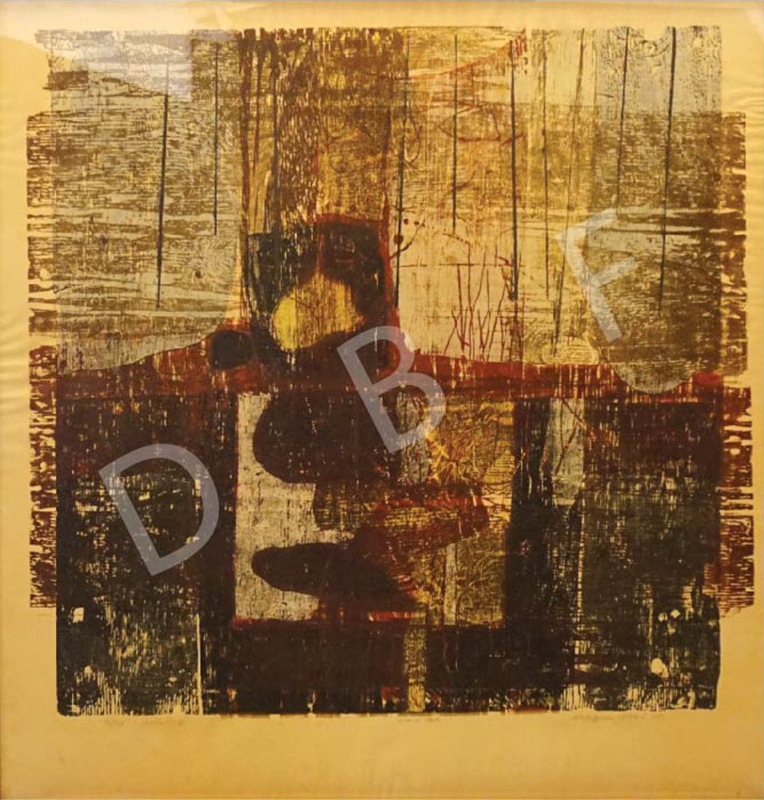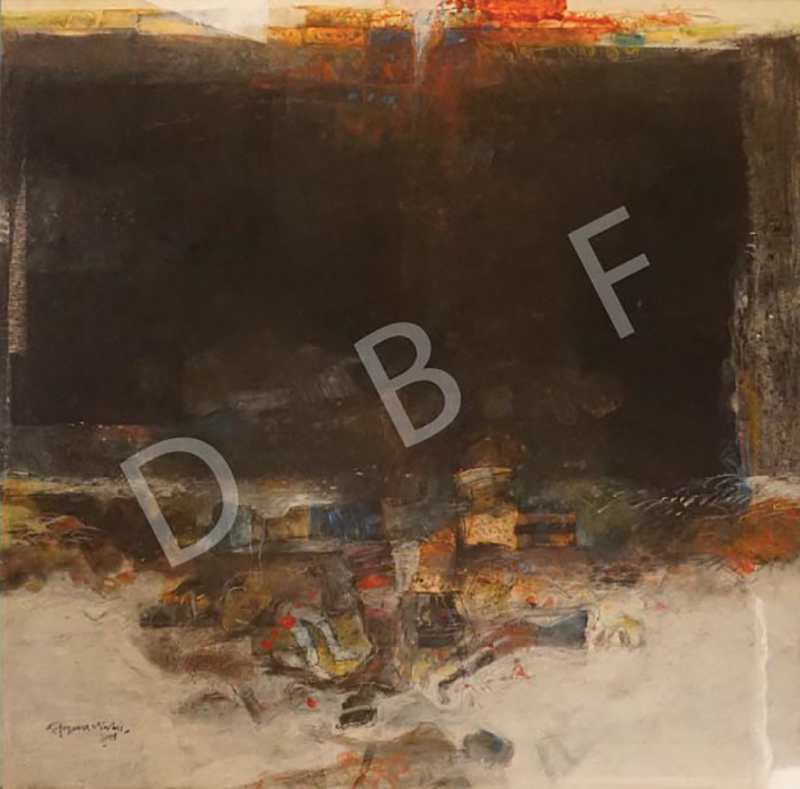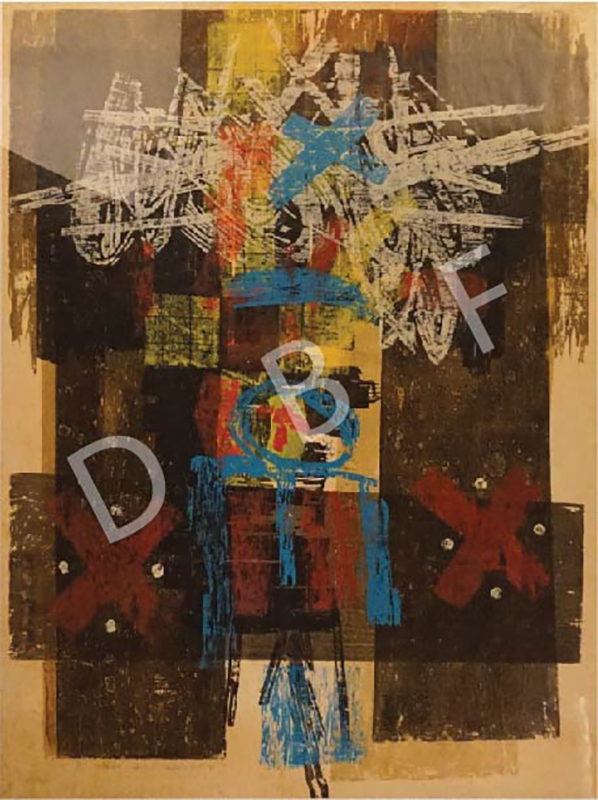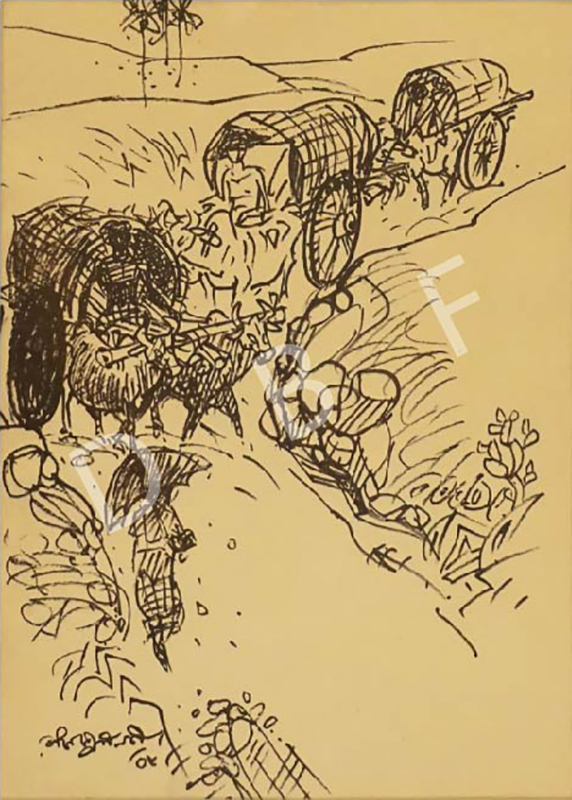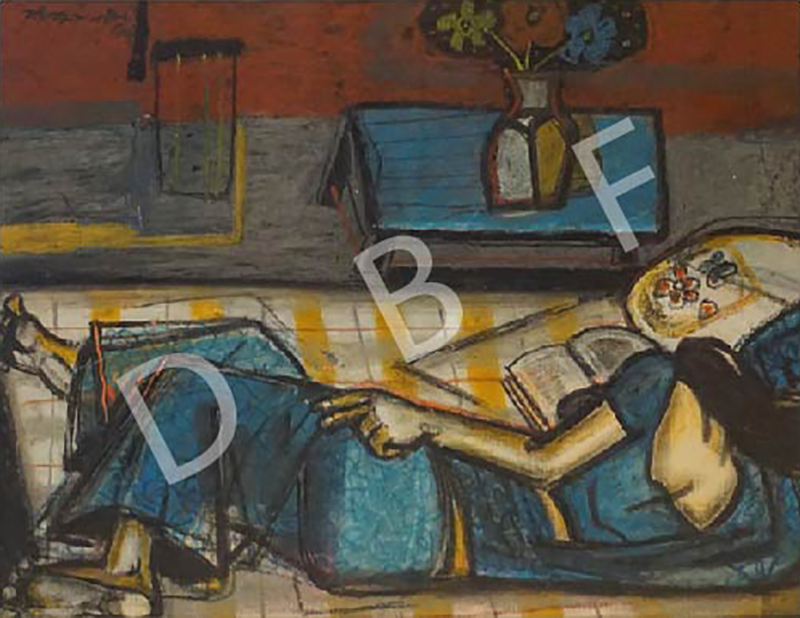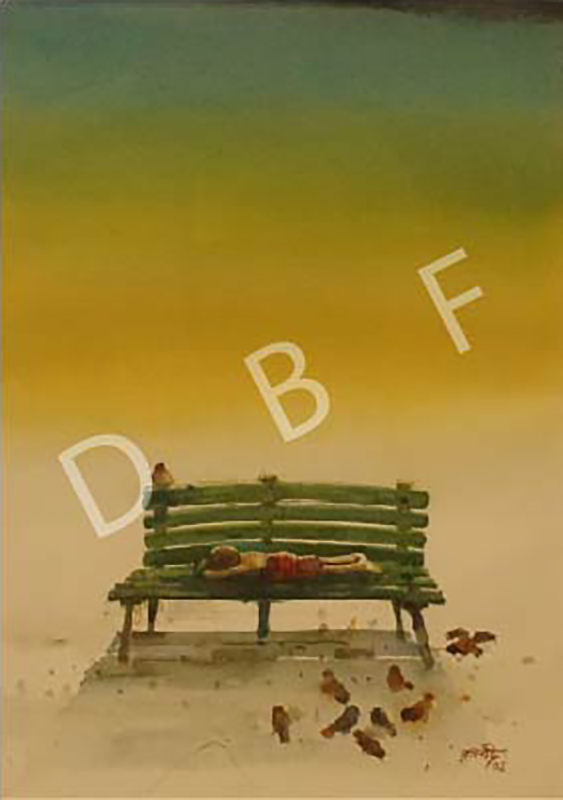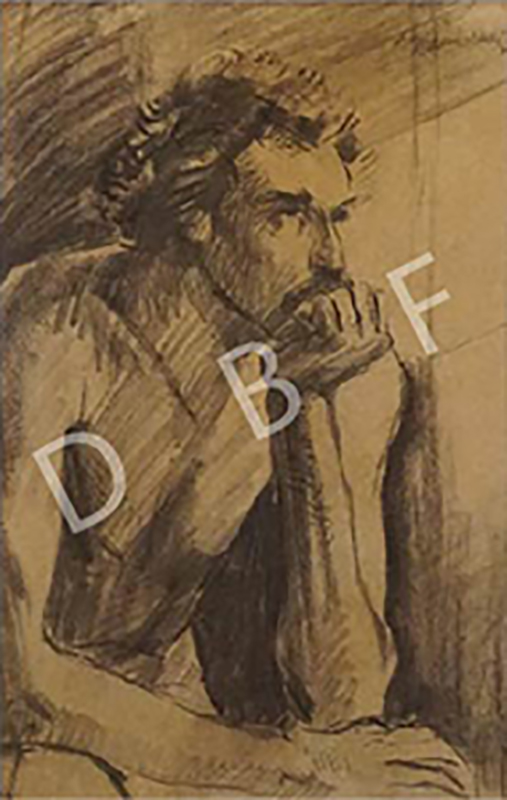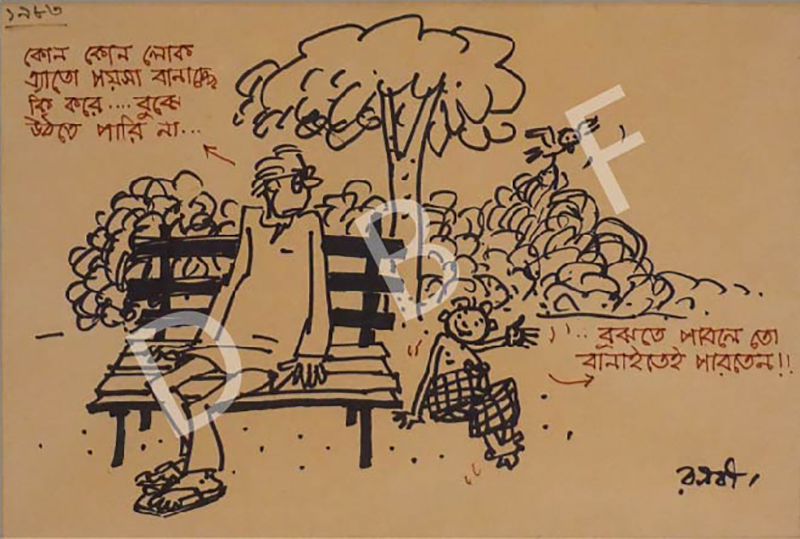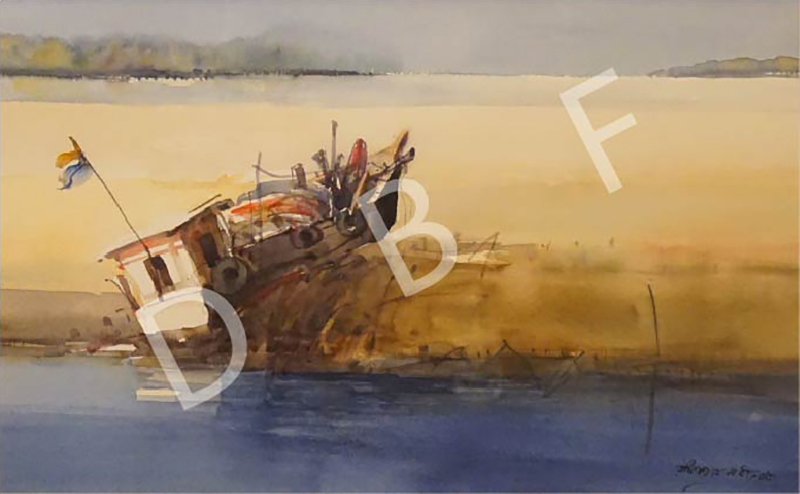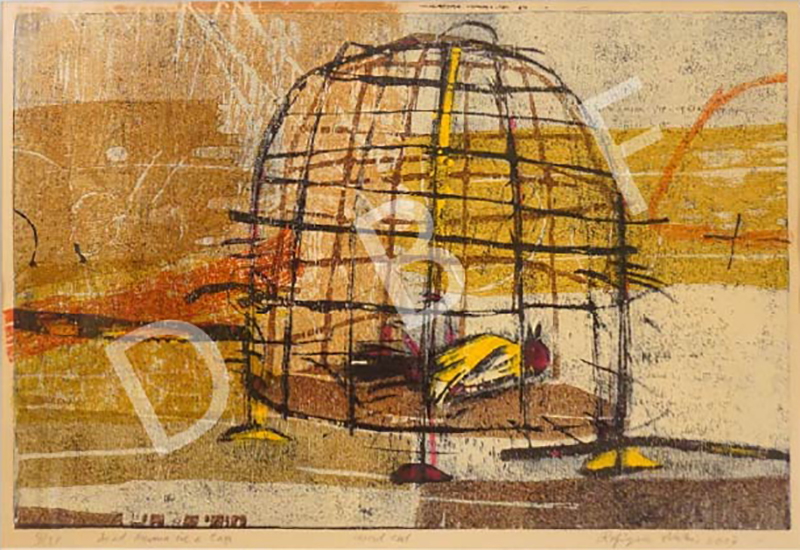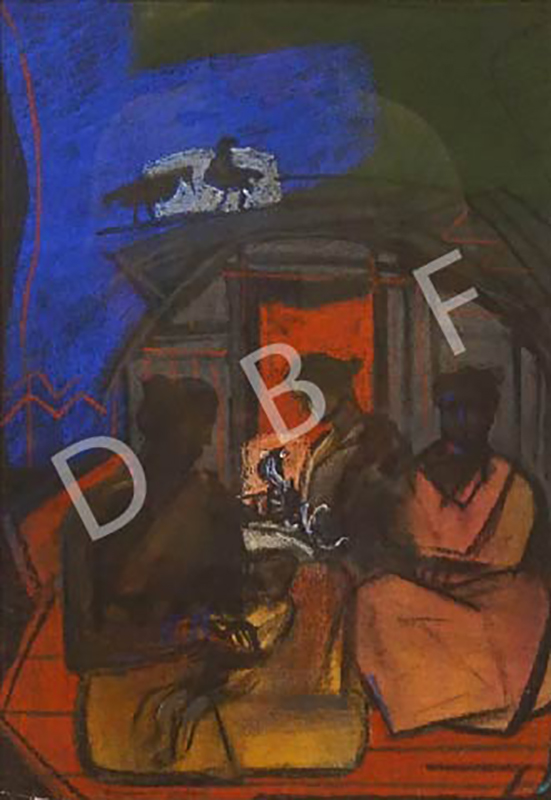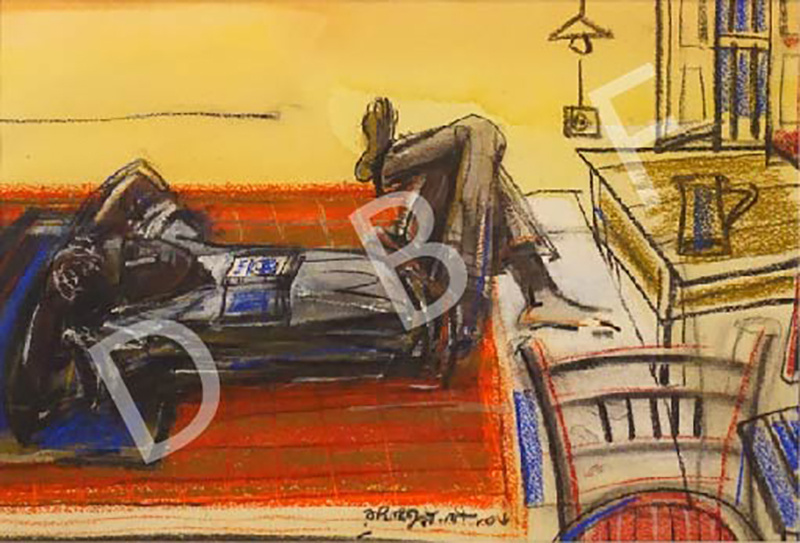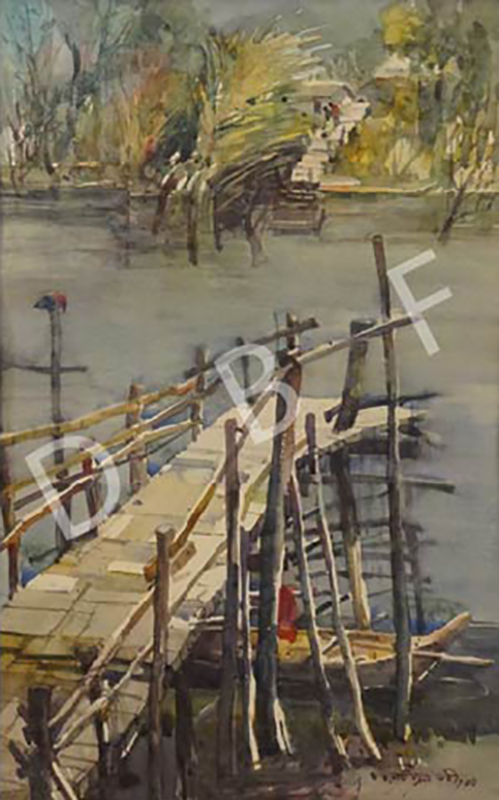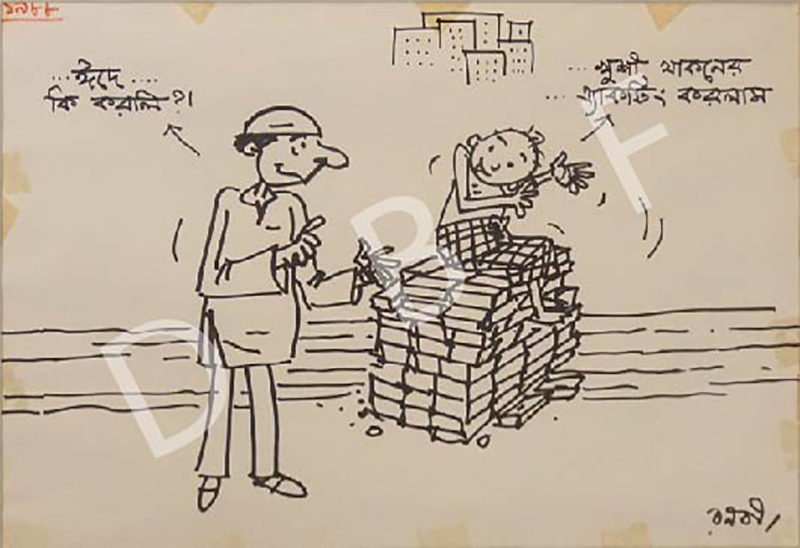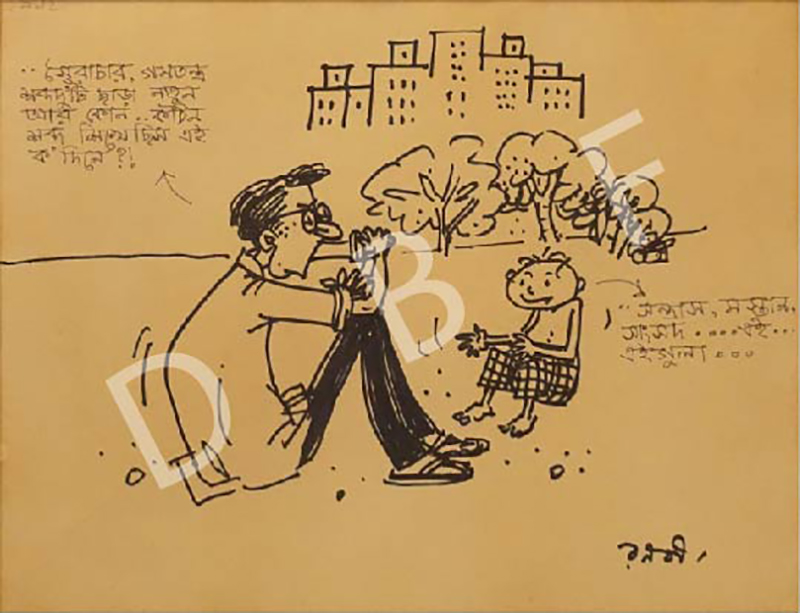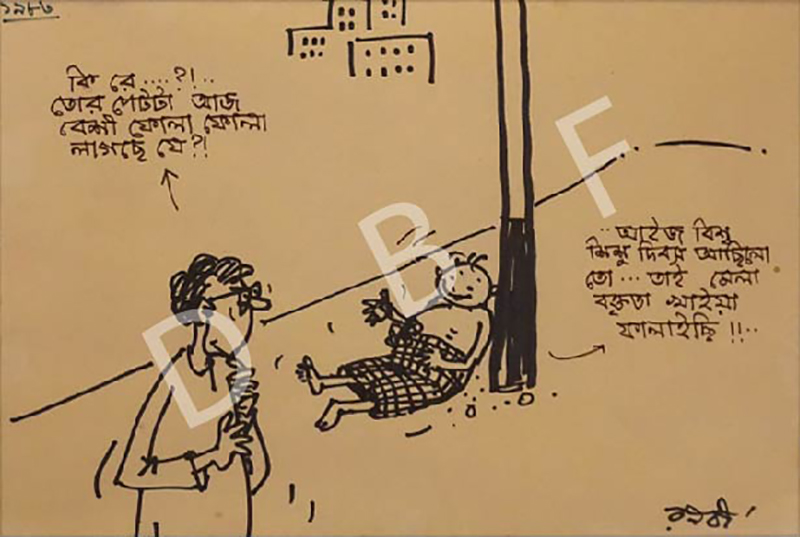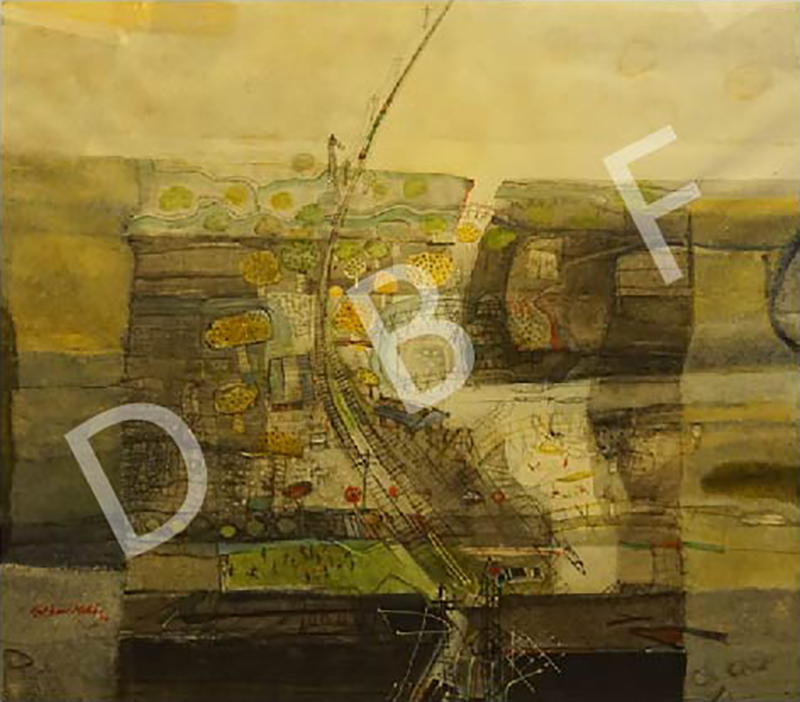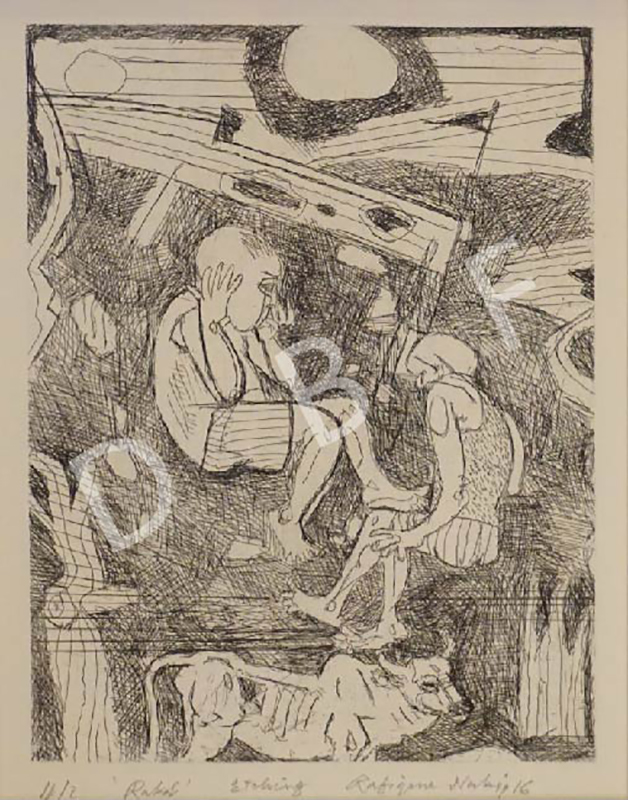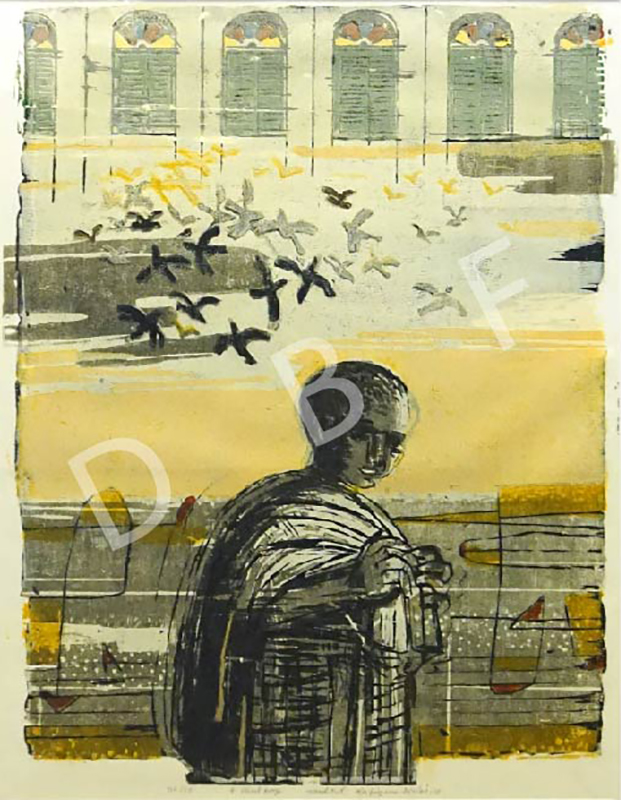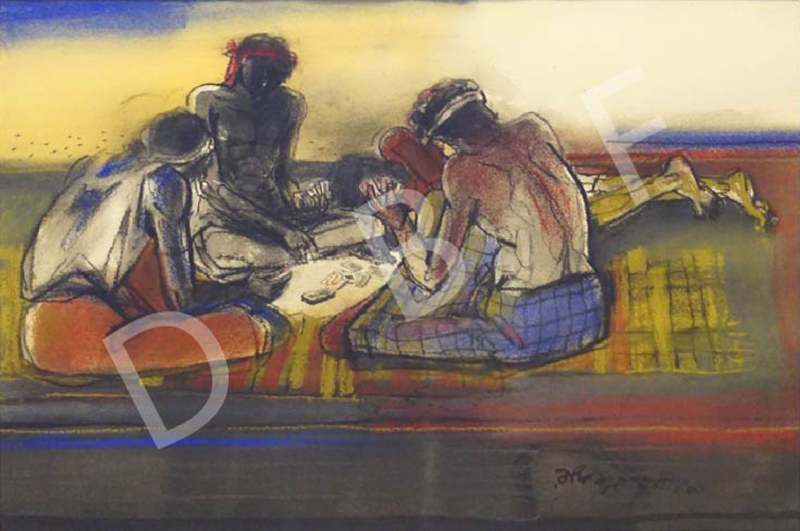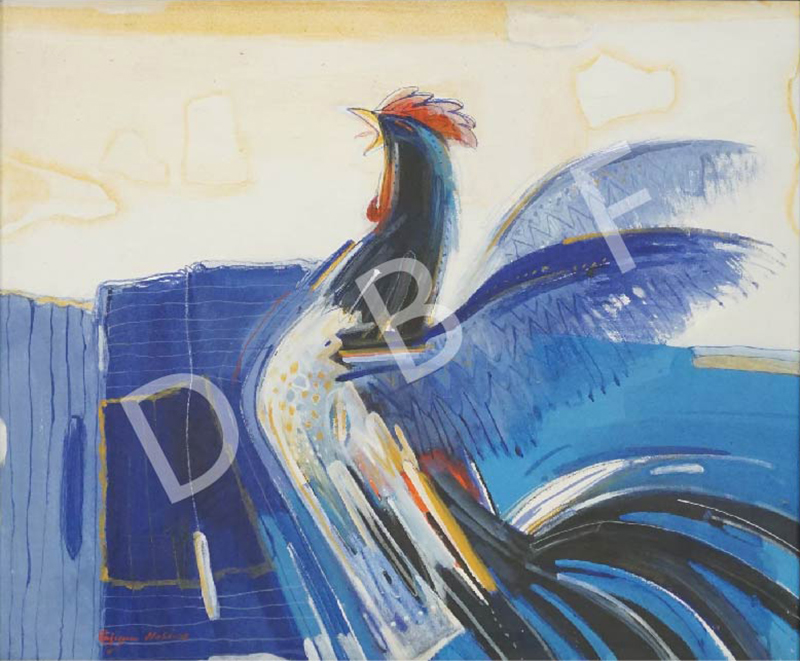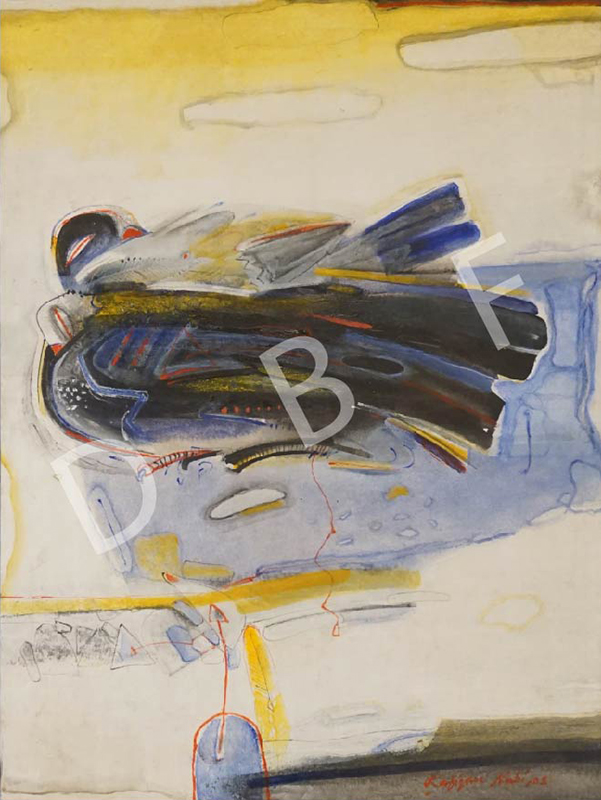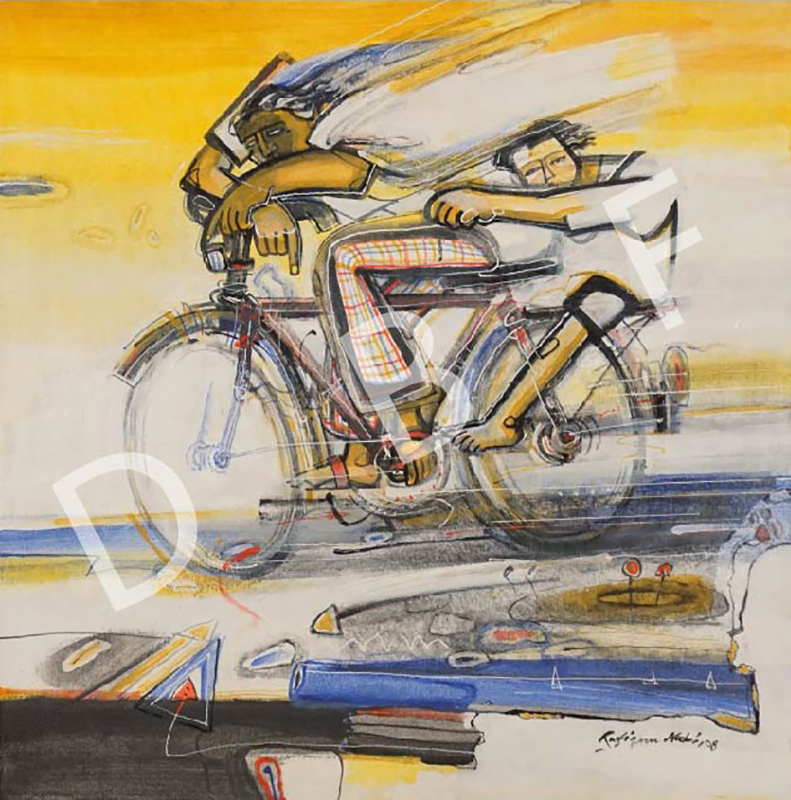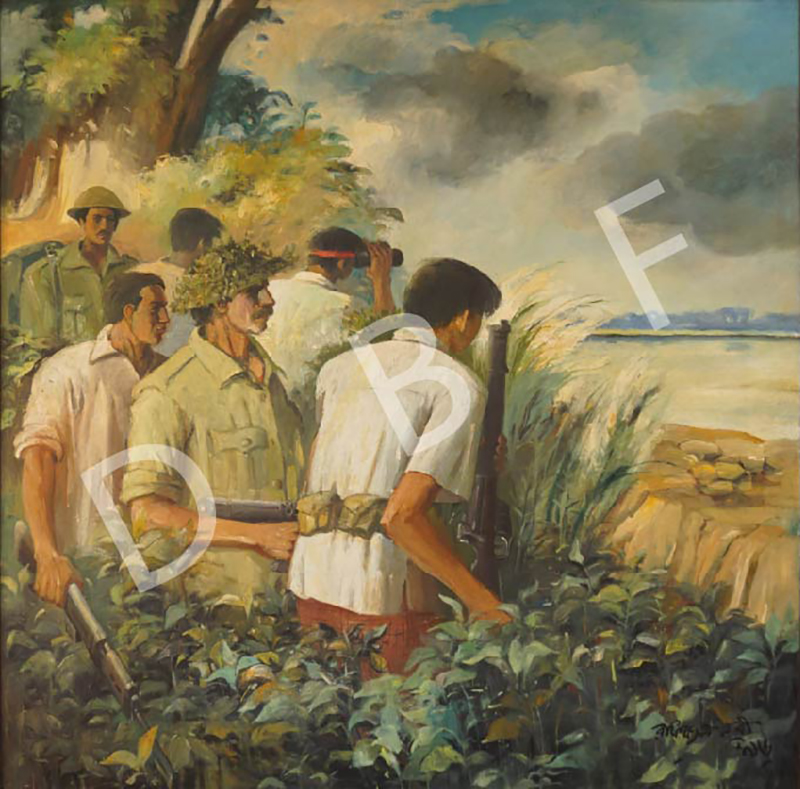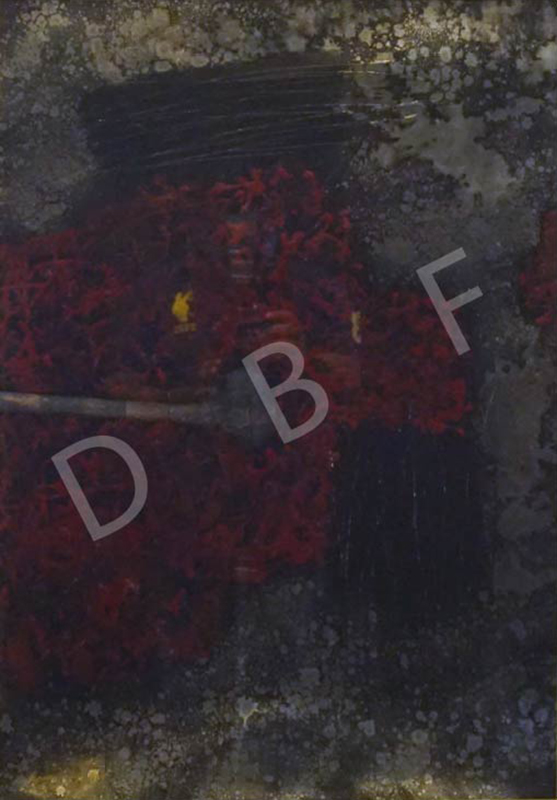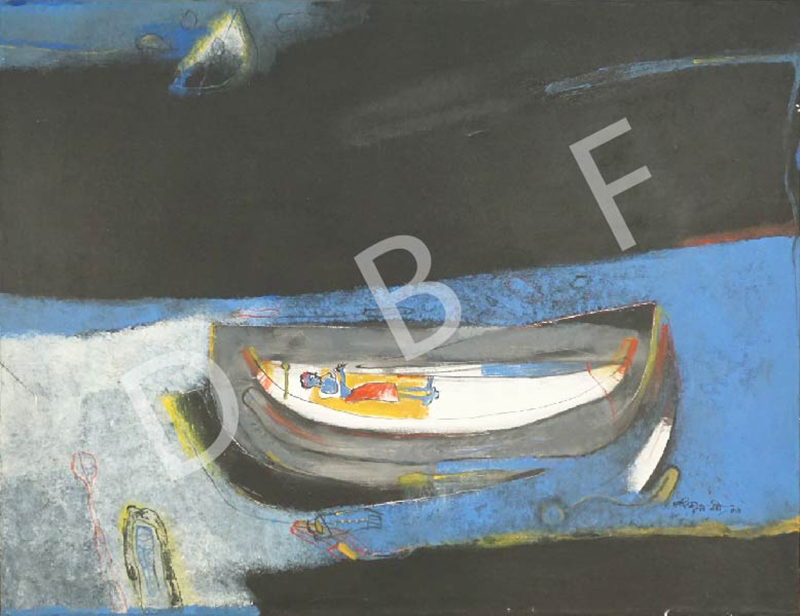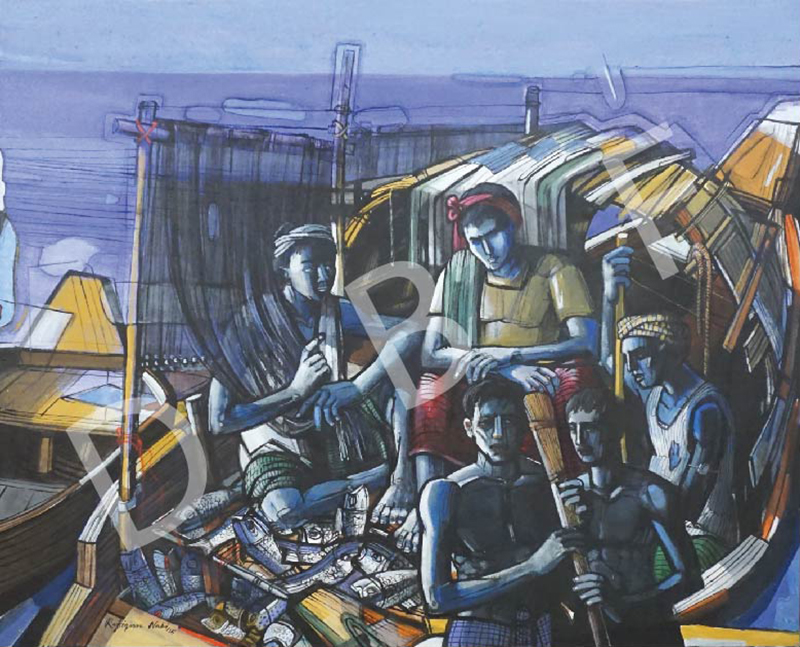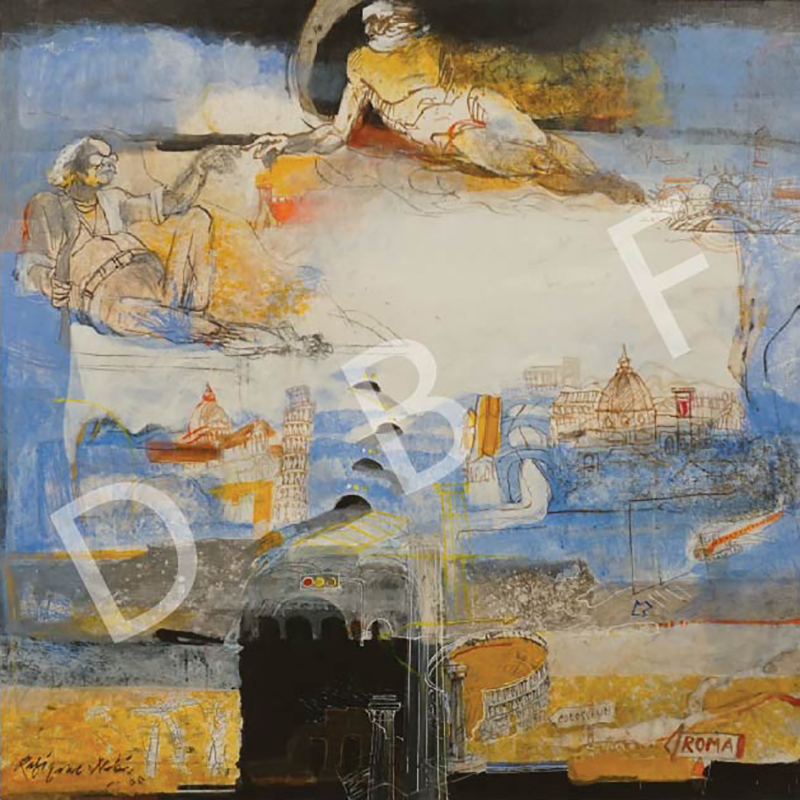In the liberation war of Bangladesh, when the Pakistani army was on the verge of losing, they implemented the most heinous crime of mass killing. By 11th December of 1971, they along with their acquaintances started abducting our intellectuals with the evil notion of paralyzing the nation’s growth. Teachers. doctors, engineers, poets, journalists, writers, musicians, and all the other bright minds were abducted in Dhaka. They were taken blindfolded to the slaughterhouse, and executed through torturing till death. Slaughterhouse or “Boddho Bhumi” is the death of Bangladesh. It is a place that reminds us of how the Pakistani Army had tried to systematically eliminate us and the possibility of independent Bangladesh. In the 2004 painting “Boddho Bhumi”, also known as “Killing Field”, Rafiqun Nabi painted the cruelty of the massacre. It is his tribute to the souls we have lost, the price we paid to be free.

Rafiqun Nabi
Rafiqun Nabi (28 November 1943 – Present), widely known as Ranabi, is a Bangladeshi artist and cartoonist. An artist celebrated for his innumerable contribution to Bangladeshi Art, was loved by the mass for his famous cartoon character “Tokai”. Through his painting, he captured the painful truths of his country.
He was born in Nawabganj District in northwest Bangladesh in 1943. He started drawing in his childhood. In the early 1950s, his father took him to a painting exhibition, held at the then Bardhaman House (now Bangla Academy). He completed his bachelor’s and master’s from the East Pakistan College of Arts and Crafts (now Faculty of Fine Arts, University of Dhaka). He studied under the supervision of artists like Zainul Abedin and Quamrul Hassan. He received a scholarship from the Asia Foundation between 1962 and 1964.[citation needed] During 1973–1976, he studied printmaking at Athens School of Fine Arts under the Greek Government’s postgraduate scholarship.
Nabi served as a faculty member of the Faculty of Fine Arts, the University of Dhaka during 1964–2010.
Nabi started out as a professional cartoonist in 1963. His first contribution was to Weekly Purbodesh. Later in the mid-1960s, he became a regular in Shochitro Shandhani where he used to illustrate with cartoons the column Kaal Penchar Dairy by Abdul Gani Hazari. In the late 1960s, he worked for the Weekly Express, an English periodical. In 1969, he got involved in a periodical named Forum, published by Rehman Sobhan and Hamida Hossain.
Nabi returned from Greece in 1976. He began to contribute cartoons to the Weekly Bichitra and Dainik Bangla. He created the character Tokai, which first appeared in the anniversary issue of Bichitra in May 1977.
Rafiqun Nabi’s awards include the Promoters Prize, Inter Graphic-80, Berlin (1980), Bangladesh Shilpakala Academy Award (1989), the Ekushey Padak (1993), Agrani Bank Award for Children’s Book Design (1995), and S M Sultan Padak (2002). He received the National Book Centre prize for Children’s Book Cover Design several times between 1968 and 90. He was the first Dean of the Faculty of Fine Arts, University of Dhaka. Rafiqun Nabi lives and works in Dhaka.
Killing Field


Reclining Women
Reclining women, a 2006 mixed media painting by Rafiqun Nabi captures the complex emotion of being. Hiding behind the boldness of colors and showing us a sight that is very common, he asks us to seek for more. While he paints a woman lying on a lazy afternoon, he brings out the spiral of thoughts that keeps her awake. He takes us inside of the mind trapped in the world of her own, shows us her internal struggle, and leaves us in the chaos that we are oddly familiar with. Being a woman, being the second sex is a process that slowly takes away dreams, shatters it in the name of customs, traditions, and society. In Reeling Women, he portrays the continuous war between longing and devoirs.
Artist Art Style
His primary references include people or animals depicted against a natural setting. From printmaking to painting, watercolor to oil, or acrylic on canvas, in most of his forays, there appears a tendency to capture the rural landscape or the lives of the toiling masses. When his concern veered towards the urban landscape, the work took the city skyline or a Tokai (urchin) or two as its point of departure. Whatever the themes, Ra Nabi, the pen name he used to use as a cartoonist which got stuck to the collective psyche, is still able to churn out images of popular appeal.
